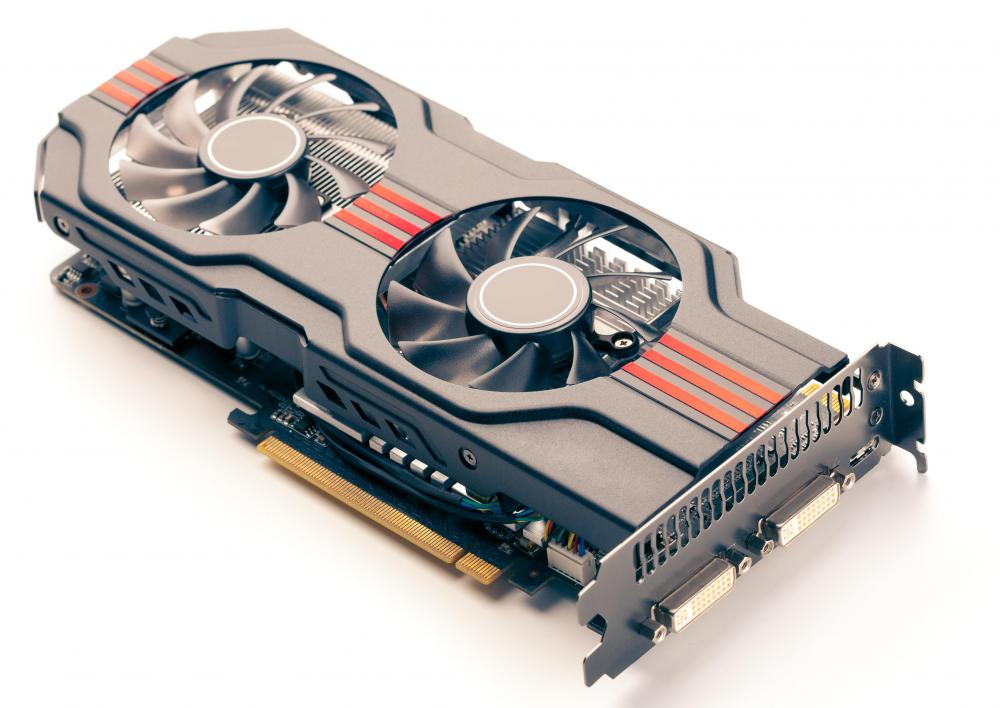

This is still within safe parameters, but gives GPU Boost more headroom. One of the simplest overclocks you can do is to increase your Nvidia GPU’s power limit/temp limit to its maximum setting. You’ll find companies often do this for you, with the most high-end GPUs utilizing better clocking processors (thus the price increase), and some companies will also sell you pre-binned CPUs guaranteed to hit a specific speed as well, usually at a far higher price than the stock component. But there’s no way to tell what you’re going to get ahead of time, without buying what’s known as a pre-binned chip. This is down to there being imperfections in the silicon that the processors are made out of during manufacturing. Some parts just aren’t capable of overclocking as high as others, and you’ll often reach instability the more voltage you apply, eventually leading to system crashes, artefacts in game, or even reduced performance despite what seems to be a stable overclock. Every processor is different, you can take 50 Intel Core i9-9900Ks, or AMD Ryzen 7 2700Xs, or Nvidia RTX 2080 Tis, and each and every chip will overclock differently, reach a different max clock speed and behave in all sorts of weird and wonderful ways. On top of your thermal limit, there’s also the silicon lottery, and a silicon limit to consider. A lot of the times they may very well just crash your entire rig. Once they hit that point, the processors will either shut down, or throttle back their frequency to reduce the thermal load on them, preventing damage done to the system. Most processors (both those found in CPUs and GPUs), have a TJMax, or max thermal limit of around 100 degrees Celsius, sometimes more, but it’s very rare. It’s also not just simply a case of adding more voltage and more frequency, as there are limits to what you can do, both with silicon and with the cooling.

If you don’t have the cooling capacity to be able to do this, you’re likely going to run into trouble. In short: More volts, means more heat, means more noise. If it has to work harder, then your fans will likely work harder too to try and compensate. What are the results of overclocking?Īlong with additional performance, when overclocking and introducing that extra voltage you’re also introducing more heat into the system as well, meaning your cooling solution is going to have to work harder. The Ryzen Threadripper is one of the most powerful, commercially available CPUs.


 0 kommentar(er)
0 kommentar(er)
